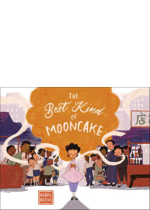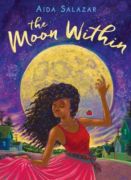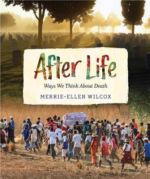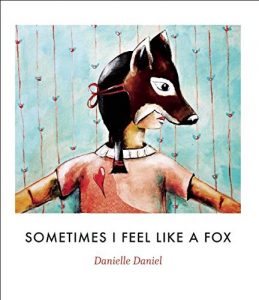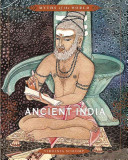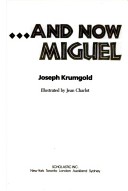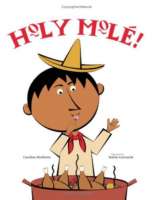Lunar New Year celebrates the biggest Chinese festival of the year through the eyes of Ling and her family in this authentic narrative non-fiction story. Follow along with Ling, her sister Mei, and granny Po Po as they clean the house, pick fresh flowers and visit friends and family carrying red lanterns through their neighborhood. Readers will learn all about the magic of the Lunar New Year by exploring the preparations leading up to the festival, the Reunion dinner on New Year’s Eve, New Year’s day fireworks, Dragon dancing and the New Year Monster, the lantern festival, and much more! Part of the Celebrations & Festivals series, where readers are invited into a family’s celebration to explore the magic and excitement of religious and cultural festivals from around the world.

